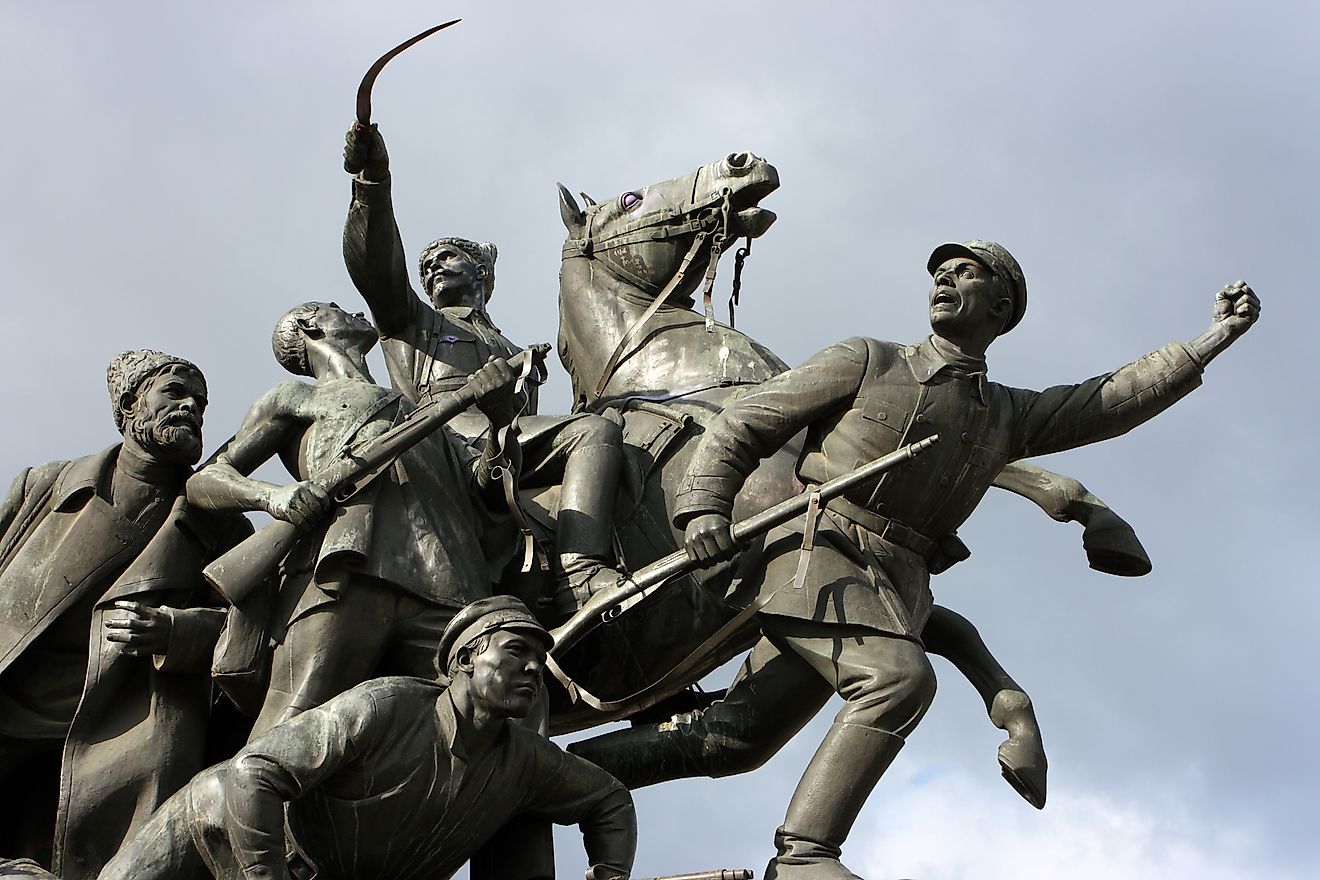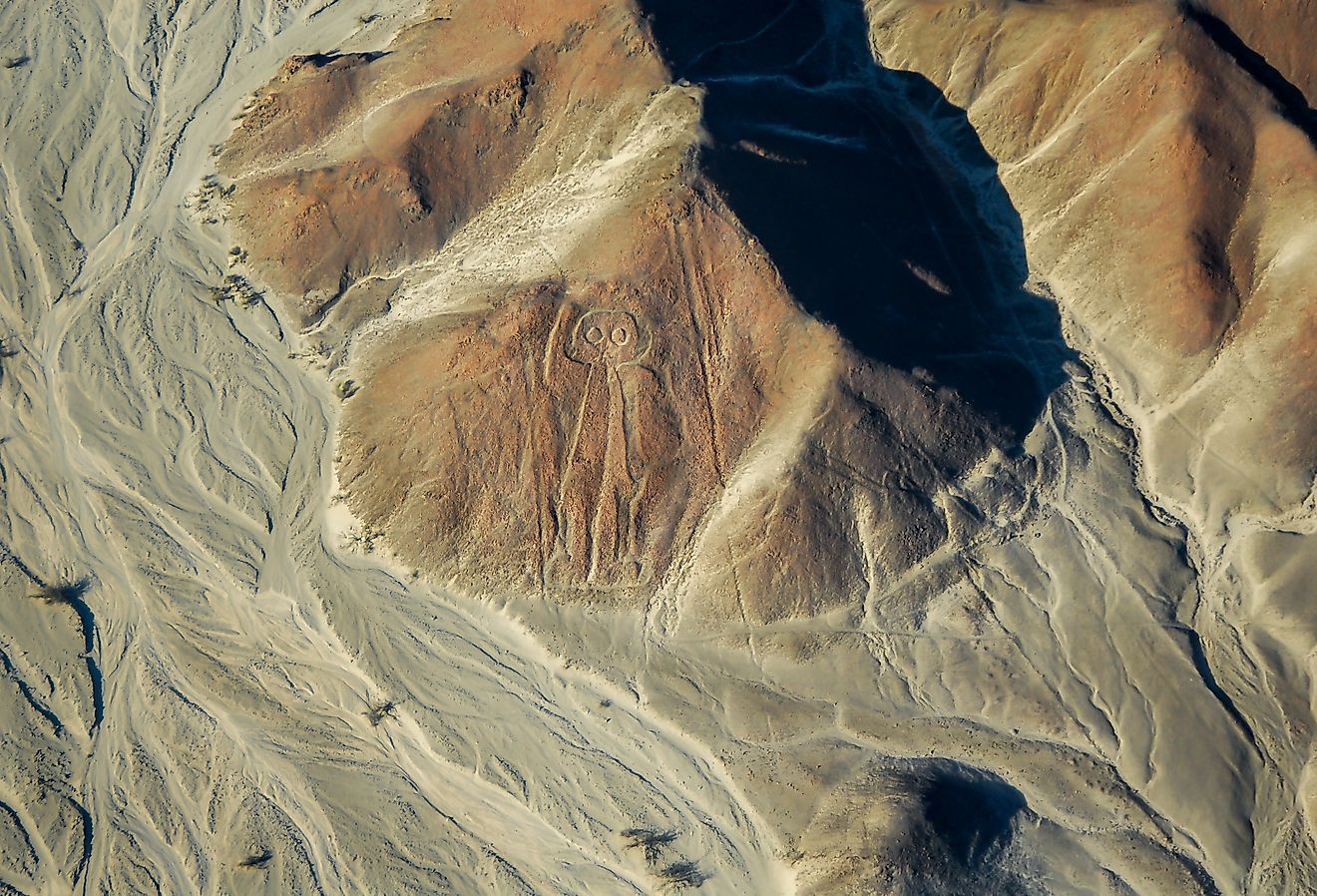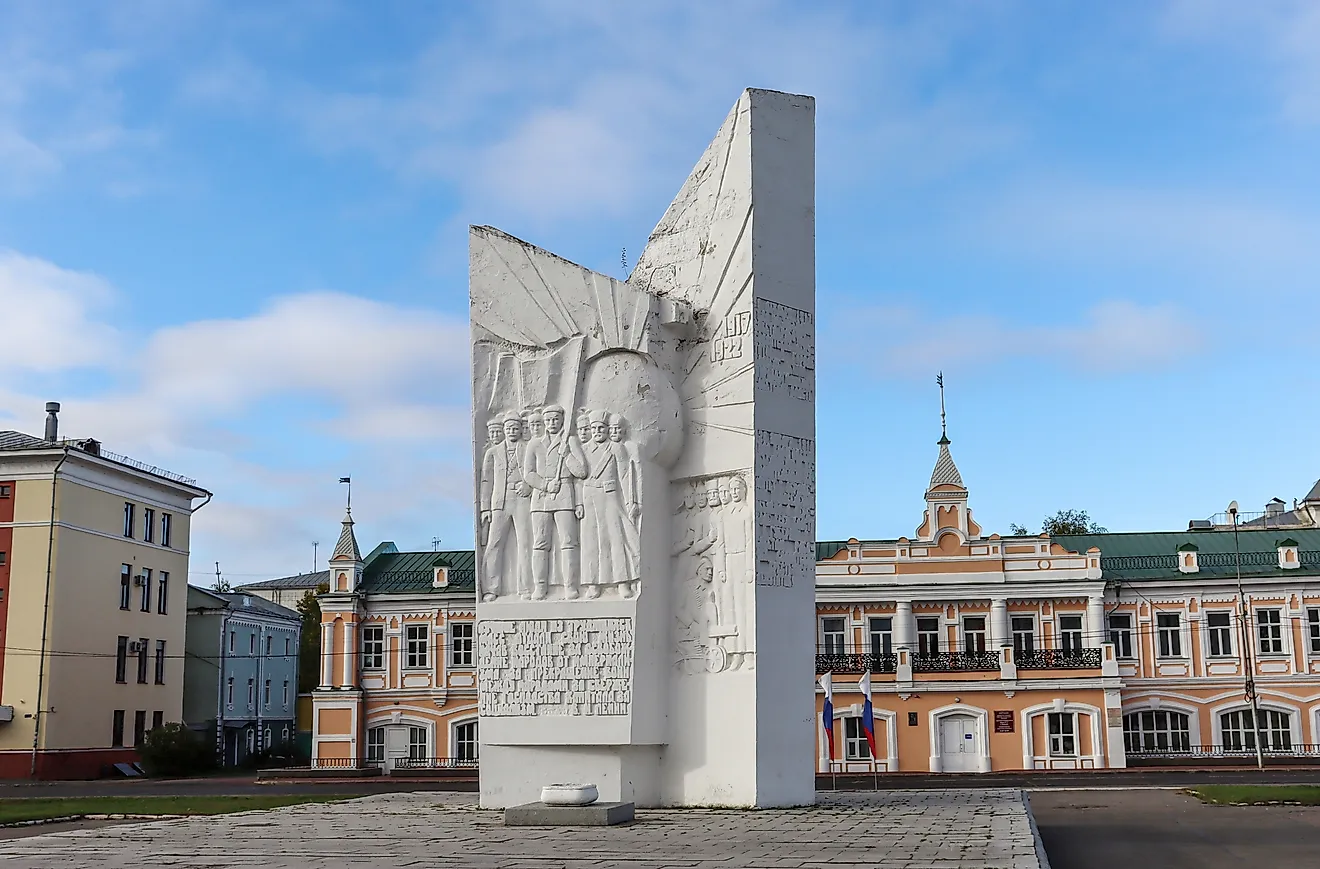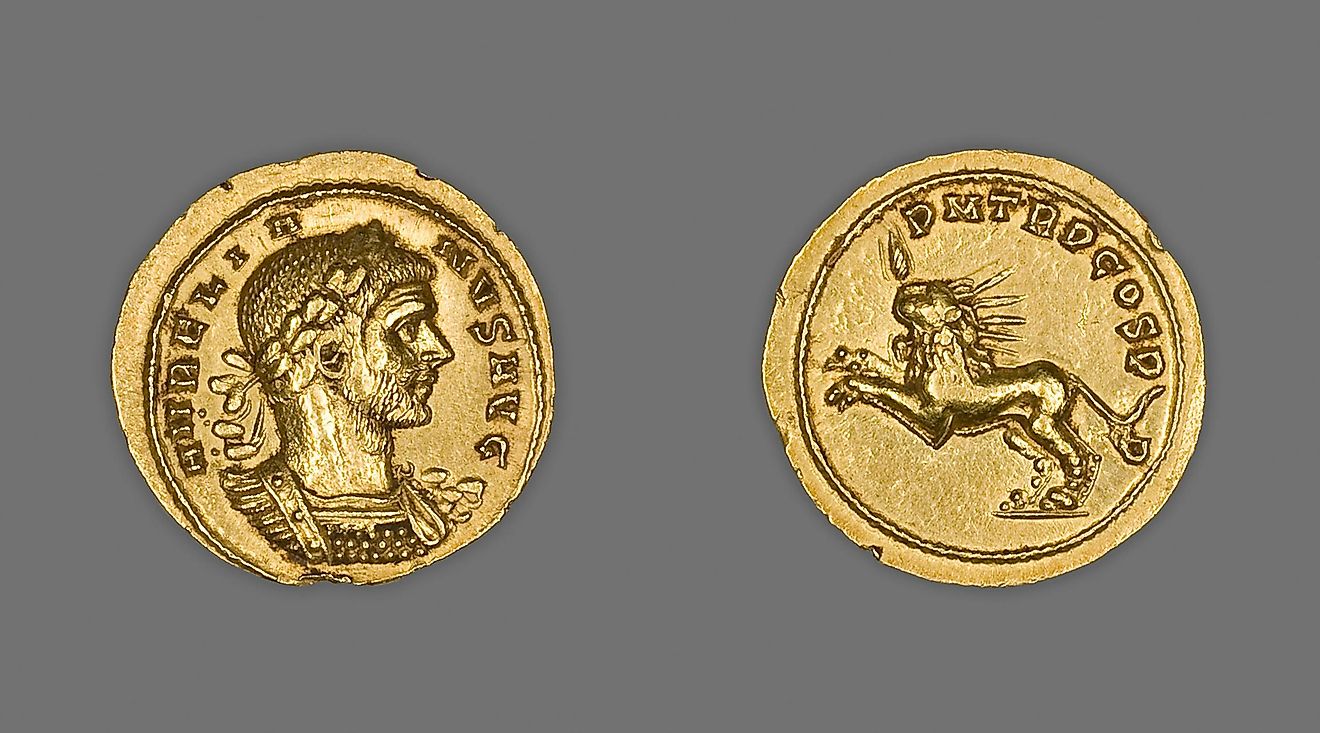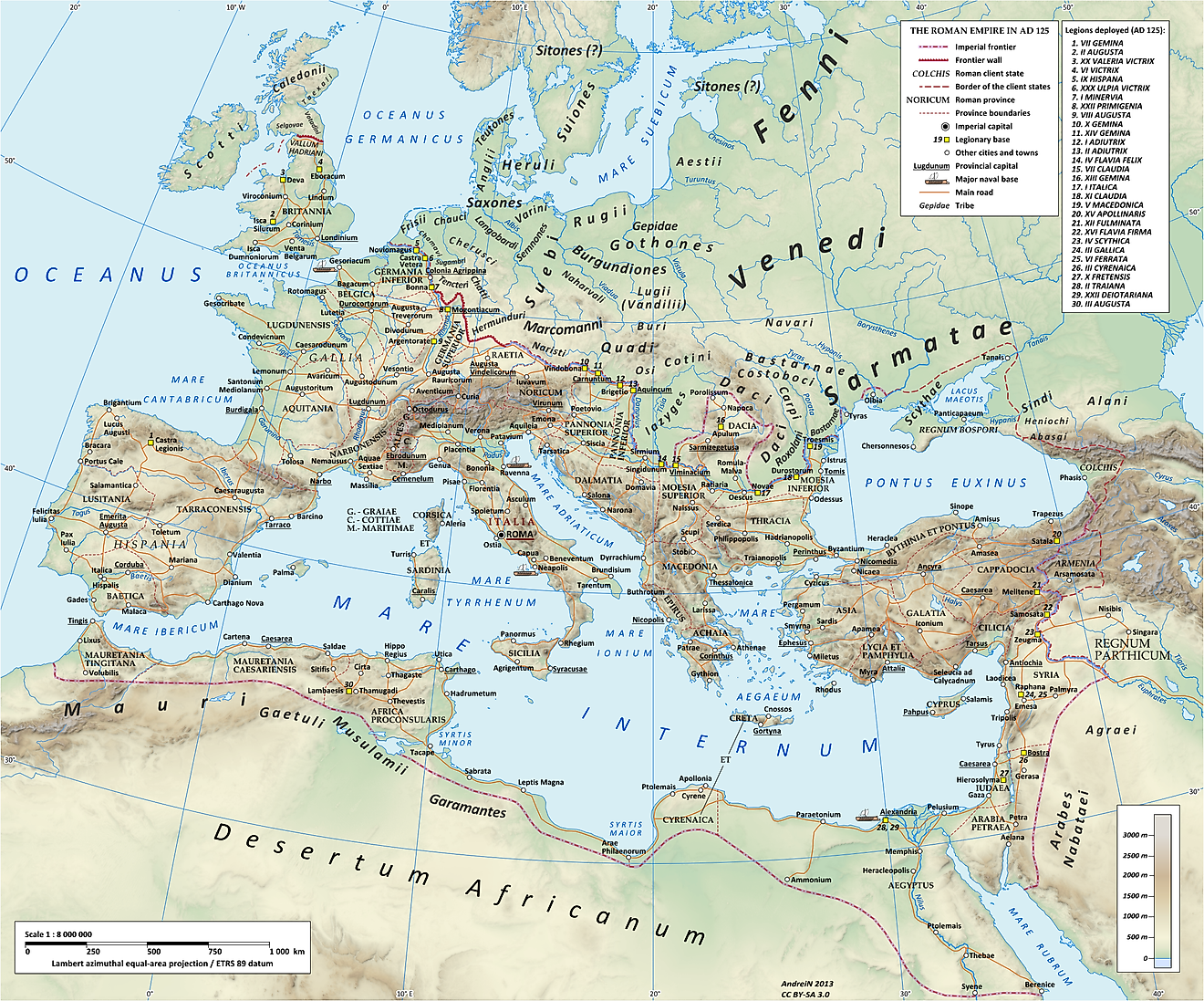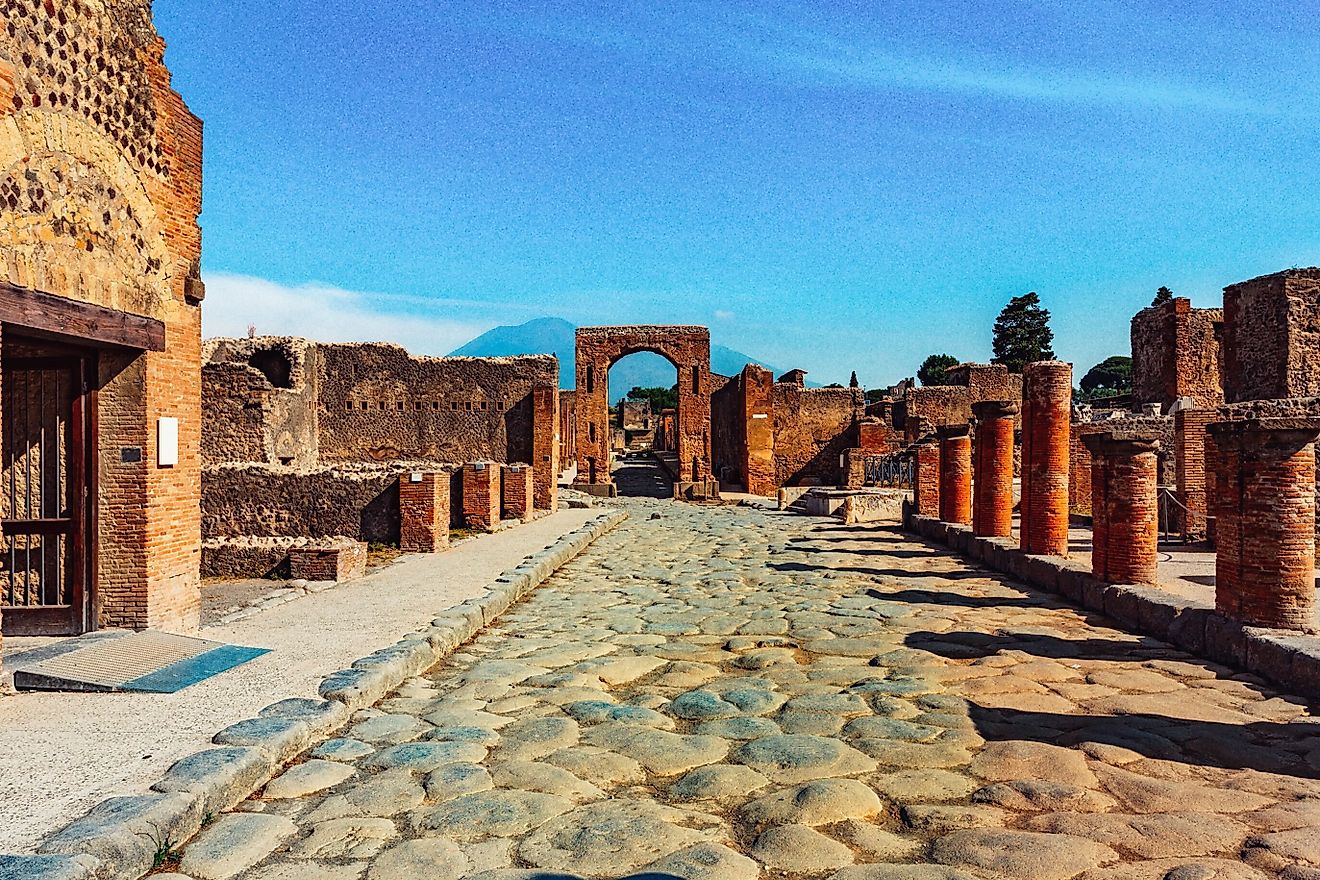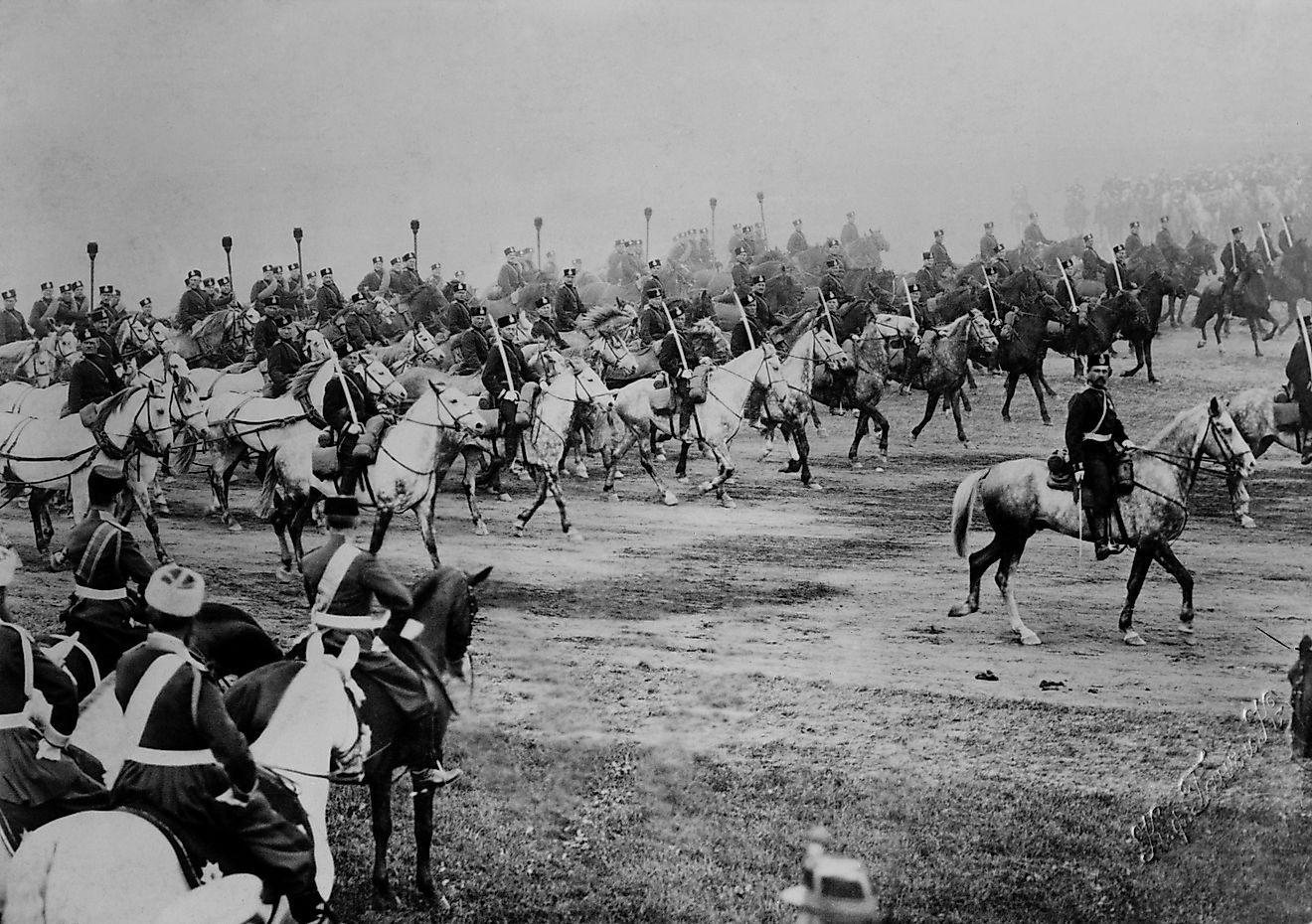
Ancient Inventions That Are Still Used Today
Throughout history, there have been countless inventions that continue to shape the modern world. From the Mesopotamians and their creation of scissors to the Chinese invention of paper, these inventions are an important part of our lives today. Despite discovery centuries ago, some of these inventions remain in use today and have had a lasting impact on society. Explore the most impressive examples of these ancient inventions and take a look at how they have managed to adapt to modern society over several generations.
Scissors

Scissors are one of the most recognizable tools used in everyday life. Although they may appear to be a relatively new invention, scissors were first invented by Mesopotamians nearly 4,000 years ago. This early version of scissors was rather different from the traditional, modern blades. Instead of two pieces of sharp metal connected on a pivot, this design had a thin piece of softer metal connecting the two blades, and the user had to squeeze them together to use them.
This clever innovation soon spread throughout other parts of the world, and over time, it evolved into what we know as modern-day scissors. Today, scissors are made up of two curved blades that open and close using a pivot point at the top. This allows users to cut a variety of materials, including paper, easily and quickly. It is hard to imagine life without scissors as they are so often used in daily life, from art projects to gardening tasks. Although there have been many improvements over time with regard to modern-day varieties of scissors, this ancient invention remains one of the most fundamental tools used today.
Surgical Tools

Humans have used ancient surgical tools since the days of ancient Rome. In 625 BC, Romans developed a range of surgical instruments, some of which are still in use today. The speculum is one such tool that has remained largely unchanged for centuries. This device consists of two flat blades that open and close using a screw or lever to allow doctors to examine a woman gynecologically. It is important for detecting infections and abnormalities in the reproductive system.
Additionally, since ancient times, forceps have been an essential tool for surgeons. In ancient Rome, forceps were primarily made out of bronze, silver, or iron and allowed a surgeon to grasp tissues during procedures. These instruments remain in use today in various forms and sizes.
Roadways
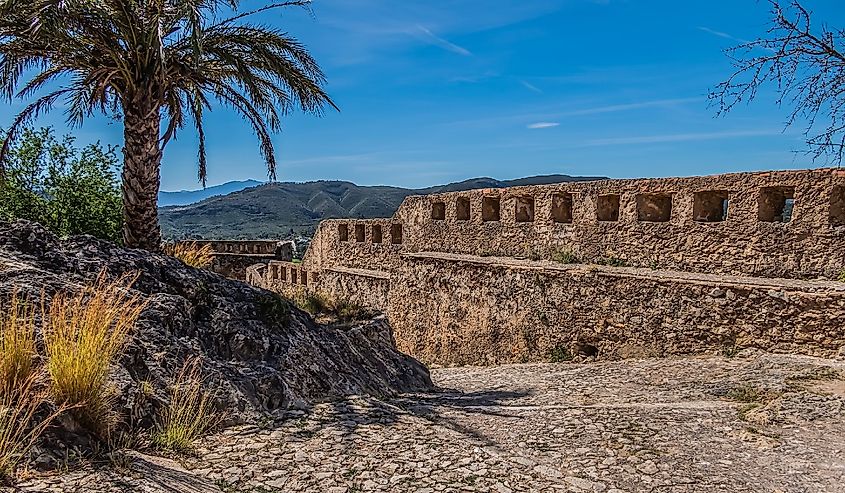
Roadways have been a part of human life since the earliest civilizations. The ancient Mesopotamians, who lived in what is now Iraq around 4000BC, were among the first to lay down stone-paved streets. They built great cities like Ur and Babylon, which featured expansive road networks that allowed for easy travel and commerce.
Today's roads are far more advanced than their ancient predecessors, but the basics of what makes a roadway usable remain largely unchanged. Ancient Mesopotamian roads were commonly made from solid stone blocks. These stones provided a durable surface that could withstand heavy use.
Aqueducts

The Minoan civilization on Crete, which began in the early 2nd millennium BCE, was well known for its engineering innovations. One such invention was the aqueduct system, a network of channels or pipes that carry water from one place to another. Although used primarily for irrigation purposes during the Minoan period, this technology has evolved over time and is still used today.
The first aqueducts used a complex series of trenches and drains to transfer water from mountain springs to lower-lying areas. This allowed farmers in arid climates to access reliable sources of water for their crops without having to rely on seasonal rains or other unpredictable sources. The use of aqueducts spread throughout Europe during the Roman Empire, where they used it extensively as a way to bring fresh drinking water from far away sources into cities and towns. Aqueducts have been in continuous use since then until today, with modern iterations even being employed to transport wastewater out of urban areas.
Paper

The use of paper dates back to 2000 years ago when Ts'ai Lun, a Chinese court official, first made it in Lei-Yang, China. He achieved this feat by mixing water with hemp, rags, and mulberry bark and squeezing out the water. Afterward, he hung up thin mats to dry in the sun. The invention of paper drastically changed how information could be stored and transmitted between different people around the world. It led to an increase in literacy as well as better communication. It enabled people to record their thoughts and ideas that may otherwise have been forgotten or lost over time.
Today, paper is still used in many different forms. It is an essential part of everyday life and can be seen almost everywhere, from books, newspapers, and magazines to receipts, cards, and envelopes. Even with the rise of computing power, paper continues to be a reliable medium for retaining important information.
Gunpowder

Gunpowder was first discovered by Chinese alchemists in the 9th century. They were searching for a life-extending solution and came across a key ingredient, saltpeter. They discovered its use as explosive power, and thus its use in warfare began.
Since then, gunpowder has been central to many major wars throughout history, such as World War I and II, where it was utilized in artillery shells and bombs. While its use in warfare is still seen today, it is mainly used for recreational purposes such as fireworks displays or shooting sports. Additionally, gunpowder is also used to create propellants for small arms and artillery.
Windmills
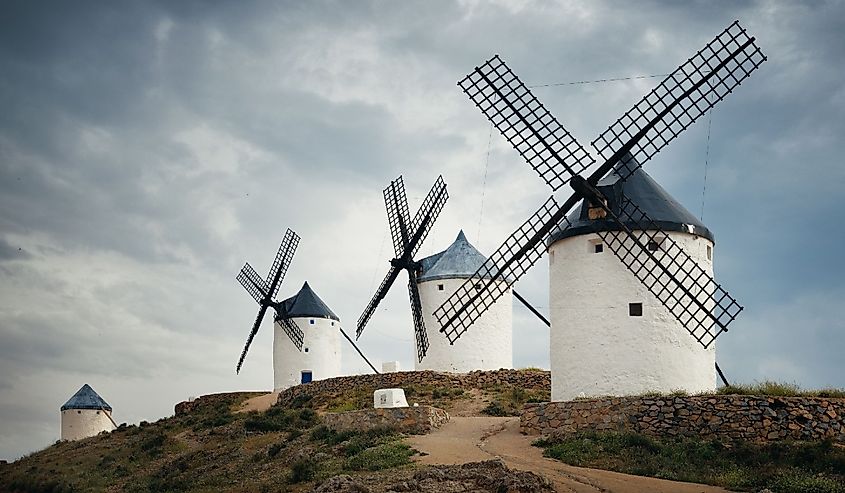
The ancient invention of the windmill is credited to the Greek engineer, Tesibius, who lived from 285 to 222 BC. He created a device that used energy from the wind for grinding grain or moving objects. The design was simple yet effective and changed how humans utilized energy forever. Windmills have been around since antiquity, utilized in many cultures throughout history, including Persia, China, India, Egypt, and Greece.
Today, windmills are still commonly used in many parts of the world, often on a large scale, as part of renewable energy projects. They are usually placed in areas with strong winds where the blades of the mill rotate and turn an internal generator to produce electricity. In addition to their use for generating electricity, windmills are also used for grinding grain or pumping water for irrigation purposes. They have improved greatly since their inception by Tesibius with advances in materials and design that help them operate more efficiently.
It is amazing how many of the inventions from thousands of years ago are still used today. Even with nearly constant evolution and change in technology over the last few decades, these creations have proved to stand the test of time. Whether it is paper, surgical tools, or windmills, there is a lot to learn about the past to recognize how it continues to influence current and future innovations. The human spirit is always striving for new ideas; amongst all the changes, some inventions never get old.
